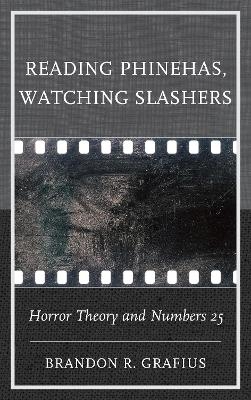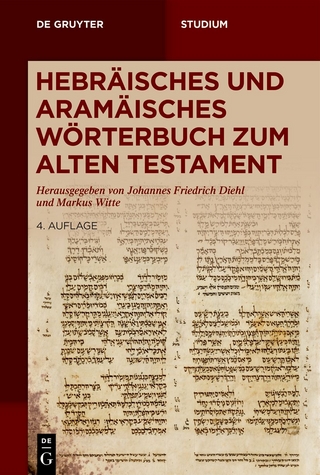
Reading Phinehas, Watching Slashers
Horror Theory and Numbers 25
Seiten
2018
Lexington Books/Fortress Academic (Verlag)
978-1-9787-0120-5 (ISBN)
Lexington Books/Fortress Academic (Verlag)
978-1-9787-0120-5 (ISBN)
Brandon R. Grafius examines the tale of Phineas as expressing the latent anxieties of the Israelite society that produced it, combining the insights of historical criticism with those of contemporary horror and monster theory. The combination of methods illumines the concern of a priestly class to control community boundaries.
The tale of the “zeal” of Phineas, expressed when he killed an Israelite man and a Midianite woman having sex and thus stopped a “plague” of consorting with idolatrous neighbors in the Israelite camp (Numbers 25), has long attracted both interest and revulsion. Scholars have sought to defend the account, to explain it as pious fiction, or to protest its horrific violence. Brandon R. Grafius seeks to understand how the tale expresses the latent anxieties of the Israelite society that produced it, combining the insights of historical criticism with those of contemporary horror and monster theory. Grafius compares Israelite anxieties concerning ethnic boundaries and community organization with similar anxieties apparent in horror films of the 1980s, then finds confirmation for his method in the responses of Roman-period readers who reacted to the tale of Phineas as a tale of horror. The combination of methods allows Grafius to illumine the concern of an ancient priestly class to control unsettled and unsettling community boundaries——and to raise questions of implications for our own time.
The tale of the “zeal” of Phineas, expressed when he killed an Israelite man and a Midianite woman having sex and thus stopped a “plague” of consorting with idolatrous neighbors in the Israelite camp (Numbers 25), has long attracted both interest and revulsion. Scholars have sought to defend the account, to explain it as pious fiction, or to protest its horrific violence. Brandon R. Grafius seeks to understand how the tale expresses the latent anxieties of the Israelite society that produced it, combining the insights of historical criticism with those of contemporary horror and monster theory. Grafius compares Israelite anxieties concerning ethnic boundaries and community organization with similar anxieties apparent in horror films of the 1980s, then finds confirmation for his method in the responses of Roman-period readers who reacted to the tale of Phineas as a tale of horror. The combination of methods allows Grafius to illumine the concern of an ancient priestly class to control unsettled and unsettling community boundaries——and to raise questions of implications for our own time.
Brandon R. Grafius is assistant professor of biblical studies at Ecumenical Theological Seminary.
Acknowledgments
Abbreviations
Introduction: Keep It in the Family
1. History of Exegesis
2. Numbers 25 and Historical Criticism
3. Horror in Theory
4. Numbers 25 and Horror Theory
5. Reading Phinehas
6. Conclusion
Appendix: Numbers 25: Author’s Translation and Notes
Bibliography
About the Author
| Erscheinungsdatum | 12.07.2018 |
|---|---|
| Zusatzinfo | 1 Tables |
| Sprache | englisch |
| Maße | 156 x 239 mm |
| Gewicht | 522 g |
| Themenwelt | Kunst / Musik / Theater ► Film / TV |
| Kunst / Musik / Theater ► Kunstgeschichte / Kunststile | |
| Religion / Theologie ► Christentum ► Bibelausgaben / Bibelkommentare | |
| Religion / Theologie ► Christentum ► Kirchengeschichte | |
| Geisteswissenschaften ► Sprach- / Literaturwissenschaft ► Sprachwissenschaft | |
| Sozialwissenschaften | |
| ISBN-10 | 1-9787-0120-9 / 1978701209 |
| ISBN-13 | 978-1-9787-0120-5 / 9781978701205 |
| Zustand | Neuware |
| Haben Sie eine Frage zum Produkt? |
Mehr entdecken
aus dem Bereich
aus dem Bereich
Buch | Softcover (2021)
De Gruyter (Verlag)
29,95 €
wie wir uns unsere spirituelle Heimat zurückholen
Buch | Hardcover (2024)
Patmos Verlag
20,00 €


